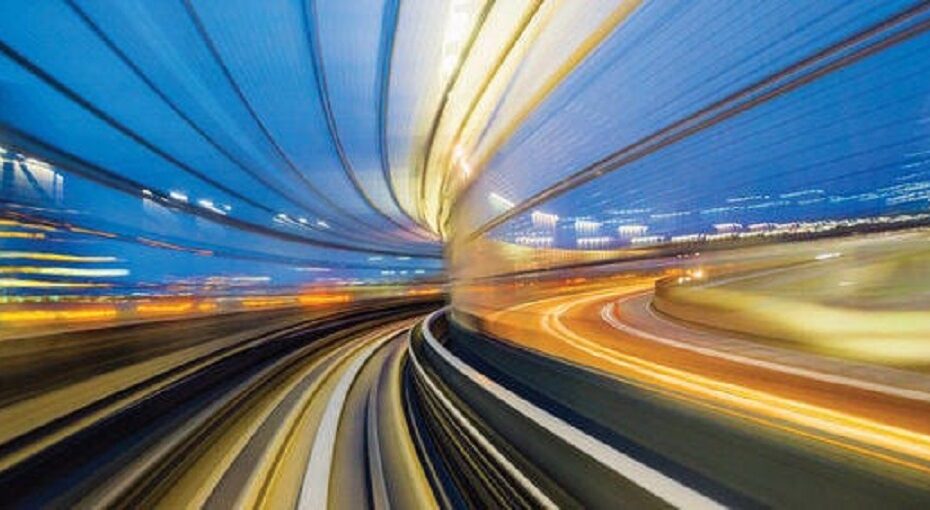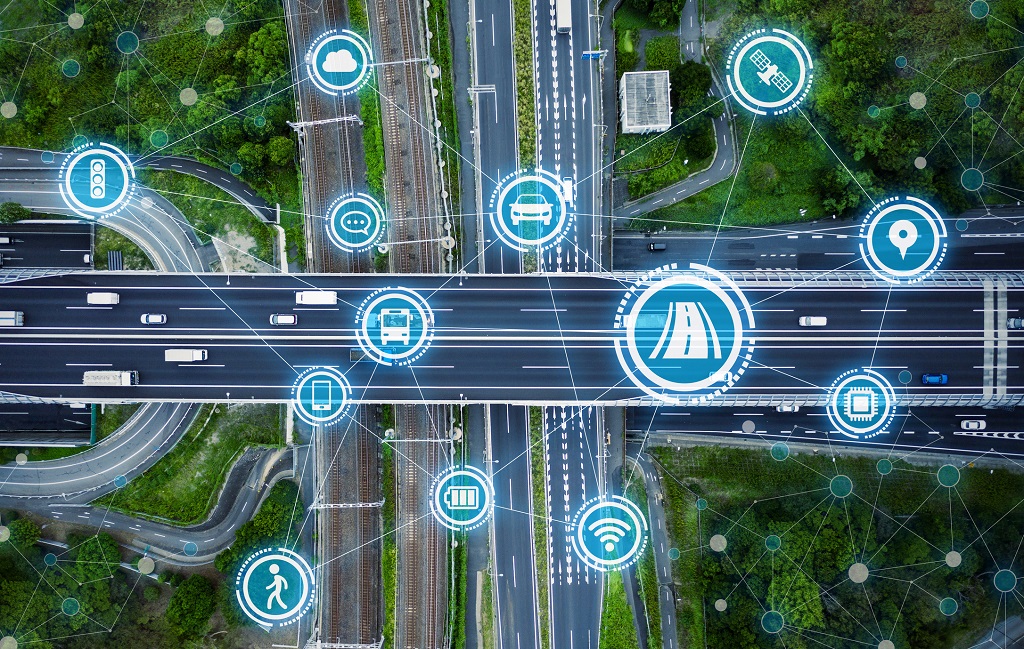In a rapidly evolving world, the way we move from one place to another has witnessed remarkable advancements. The quest for efficiency, speed, and sustainability has led to the development of various modern means of transportation. From traditional cars to futuristic hyperloops, let’s delve into the exciting world of transportation and explore the most modern options available today. This article is presented by Localvaluemagazine.com.
The Evolution of Transportation: A Brief Overview
Before we dive into the specifics of modern transportation, let’s take a quick journey through history. Human civilization has witnessed a series of transportation revolutions that have shaped the way we connect and explore. From the invention of the wheel to the steam engine revolution, each era has brought new possibilities and challenges to the table. Discover modern transport solutions.
The Rise of Electric Vehicles (EVs)
In recent years, the automotive industry has experienced a significant shift towards sustainability, giving rise to the popularity of electric vehicles (EVs). These vehicles run on electricity, producing zero tailpipe emissions and reducing our carbon footprint. With advancements in battery technology, EVs have overcome limitations related to range and charging infrastructure, making them a viable option for modern transportation.
Embracing the Hyperloop Dream
Imagine being able to travel at near-supersonic speeds within a vacuum tube. The concept of the hyperloop aims to revolutionize long-distance travel by eliminating air resistance and reducing travel time dramatically. Although it’s still in its experimental stages, the hyperloop holds the promise of transforming transportation as we know it.
The Futuristic Vision of Autonomous Vehicles
Autonomous vehicles, often referred to as self-driving cars, have captured the imagination of tech enthusiasts and commuters alike. These vehicles utilize advanced sensors, cameras, and artificial intelligence to navigate without human intervention. While there are still regulatory and technical challenges to address, the potential benefits in terms of reducing accidents and congestion are substantial.
Taking to the Skies: Personal Aerial Vehicles
Looking to the skies, personal aerial vehicles are a concept that’s gaining traction. These compact, vertical takeoff and landing aircraft aim to provide a new dimension to urban mobility. While there are practical challenges such as air traffic management and infrastructure, companies are actively exploring this futuristic mode of transportation.
The Sustainable Appeal of High-Speed Rail
In the quest for sustainable transportation, high-speed rail systems have emerged as a compelling option. These trains can reach remarkable speeds, connecting cities and regions efficiently while minimizing environmental impact. With investments in modern rail infrastructure, high-speed trains are making a comeback in various parts of the world.
Balancing Innovation and Infrastructure
As we embrace modern transportation solutions, it’s essential to consider the role of infrastructure. The success of electric vehicles, hyperloops, autonomous vehicles, and other innovations hinges on the development of supportive infrastructure, including charging stations, dedicated tracks, and regulatory frameworks.
In conclusion, Within this rapidly evolving transportation landscape, car designers play a pivotal role by envisioning and crafting innovative vehicles that align with the futuristic and sustainable direction of modern transportation. As we navigate this exciting journey of innovation, it’s crucial to strike a balance between technological advancement, environmental considerations, and the needs of a rapidly changing society.
FAQs
Q1: Are electric vehicles more environmentally friendly than traditional cars?
A: Yes, electric vehicles produce zero tailpipe emissions and have a lower overall carbon footprint compared to traditional internal combustion engine cars.
Q2: How fast can hyperloop transportation potentially be?
A: Hyperloop transportation has the potential to reach speeds of up to 700 miles per hour, making it significantly faster than conventional modes of travel.
Q3: Are self-driving cars already on the roads?
A: While self-driving car technology is being tested, fully autonomous vehicles are not yet widely available for public use due to regulatory and technical challenges.
Q4: What is the main advantage of high-speed rail systems?
A: The main advantage of high-speed rail systems is their ability to connect distant cities quickly and efficiently, offering a sustainable alternative to air travel.
Q5: How might personal aerial vehicles impact urban mobility?
A: Personal aerial vehicles could alleviate traffic congestion and provide efficient transportation in densely populated urban areas.

